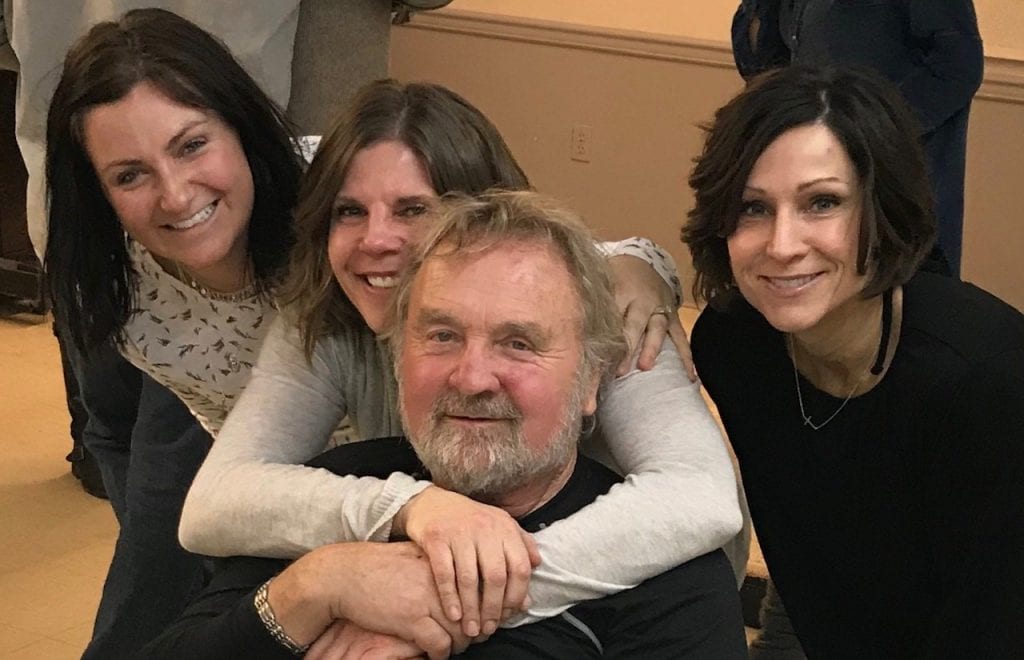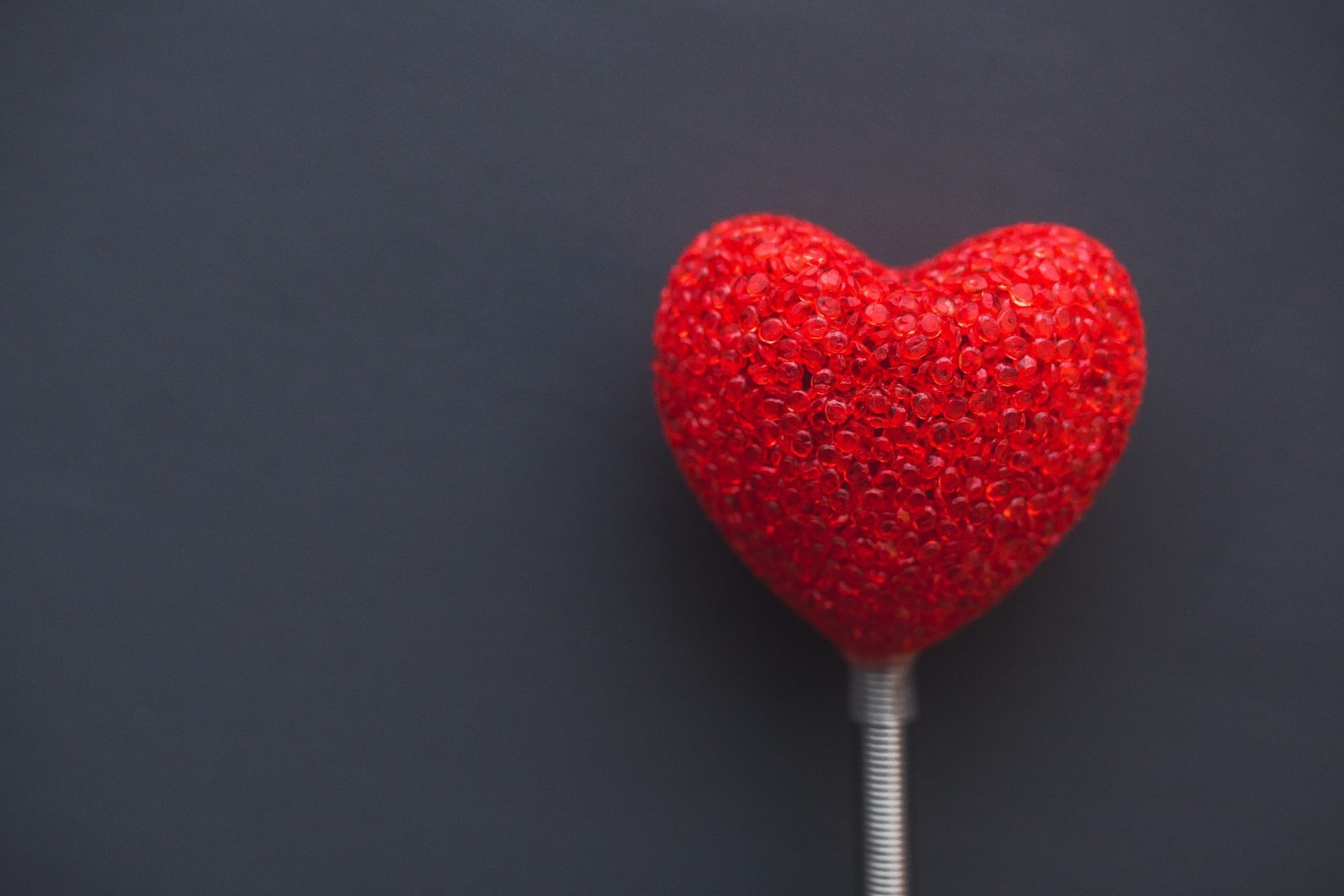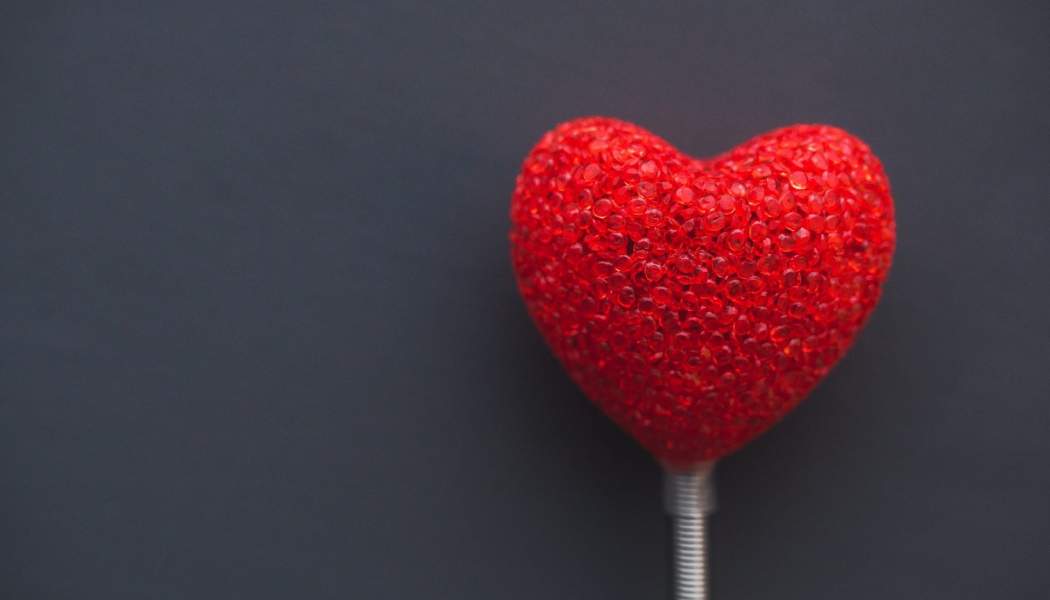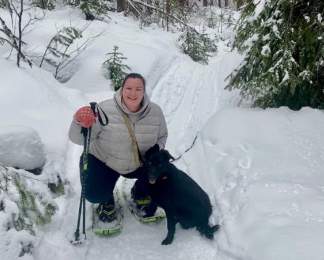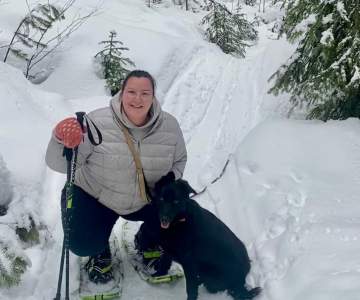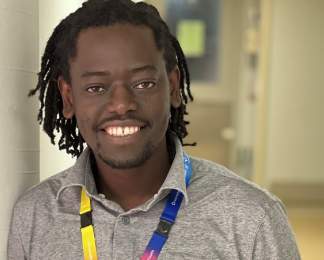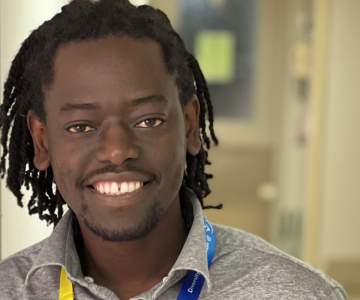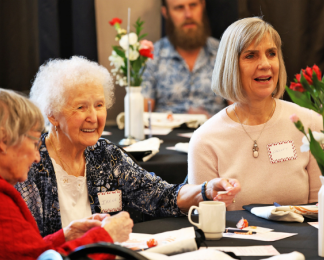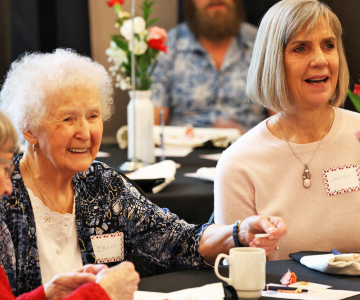Two weeks before his 71st birthday, Les Fiedler suffered a heart attack while playing pickleball in his community of Creston.
Thankfully, his friends and family knew how to perform cardiopulmonary resuscitation (CPR) and how to use the facility’s automated external defibrillator (AED) machine – a medical device that can analyze the heart’s rhythm and, if necessary, deliver an electrical shock, or defibrillation, to help get the heart back in a regular rhythm.
“I went through so many emotions when I got the call about my dad’s heart attack,” says AJ Brekke, Interior Health’s network director of emergency and trauma services.
“As part of my role at IH, we work hard to implement best practices for emergency patients so each person gets to the right place at the right time for the right care. I never imagined that one day my dad would be one of the patients we’ve planned for.”
A heart attack occurs when blood flow to a section of the heart becomes blocked and the heart muscle can’t get oxygen. If the blood flow isn’t restored quickly, that section of the heart begins to die. Depending on how long the blood supply is cut off, the damage can be mild, severe or cause lifelong problems. In some cases, a heart attack can be fatal.
The availability of an AED in his community centre and his friends’ knowledge means Les is spending Valentine’s Day with the people he loves.
That’s not the way these stories typically end.
The Canadian Resuscitation Outcomes Consortium notes that almost 40,000 cardiac arrests happen outside a hospital setting in Canada each year. Of those, fewer than 10 per cent of people who are treated by paramedics for a cardiac arrest will survive and go home from the hospital.
In Les’s case, he got the two things researchers know make a big difference in whether someone lives or dies after a cardiac arrest.
I encourage everyone to take a CPR course and advocate for an AED in your community. It can mean the difference between life or death for someone.
--AJ Brekke
Les’s wife Cathy is also advocating in Creston to have more AED devices installed in public spaces. She has seen first-hand how effective they can be and wants to ensure others who suffer a heart attack in the community have a better chance of survival.
After his heart was brought back to a regular rhythm, Les was transported immediately to Creston Valley Hospital where he was flown by helicopter to Kelowna General Hospital. He later had a surgical procedure to clear a narrowed artery near his heart. Within that week, he went home to recover with the help of his family.
The experience has made a lasting impression on AJ.
“It was a wake-up call for me and my two sisters – you can’t take family for granted. We need to put more effort into spending time together, loving and appreciating one another. Most families don’t get a second chance to do things right and we’re going to make the most of ours.”
